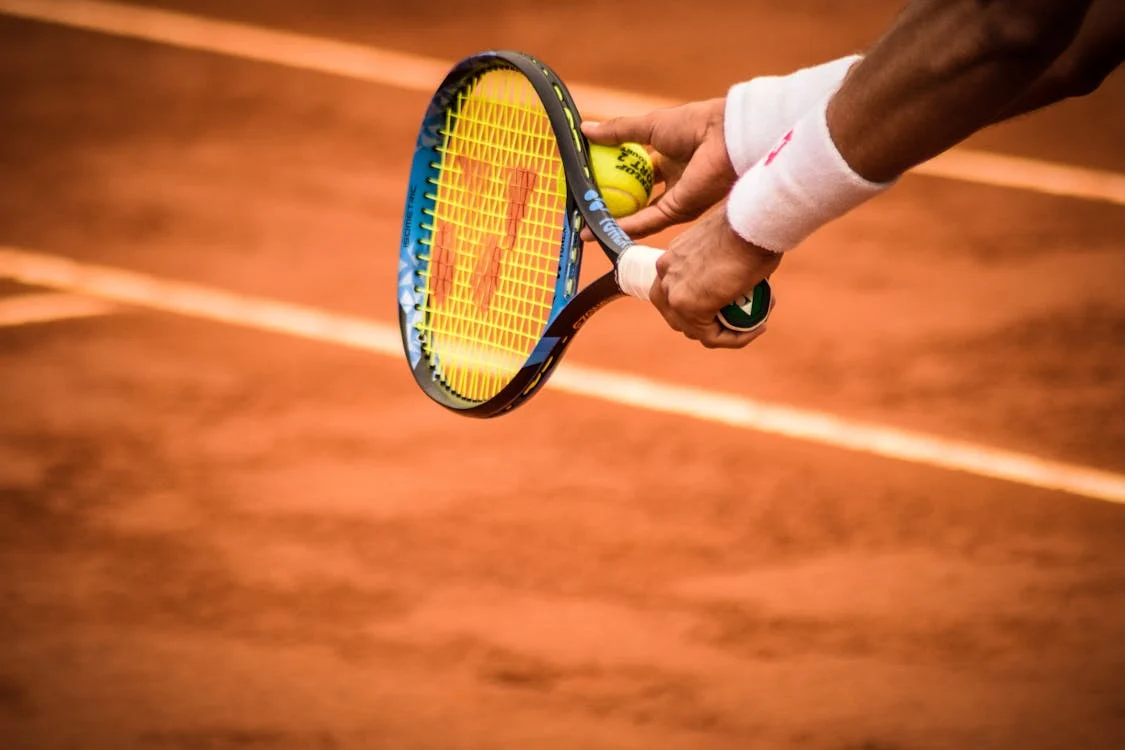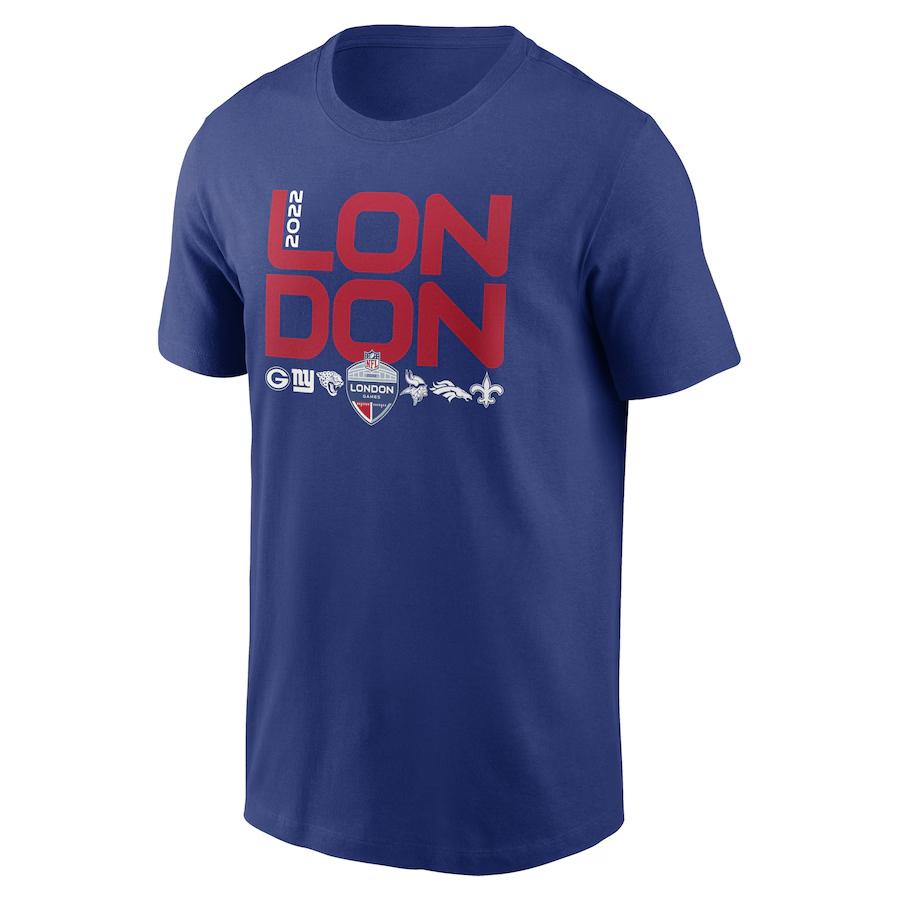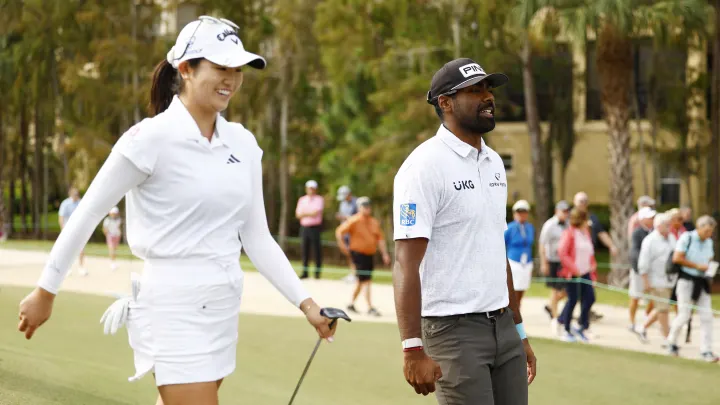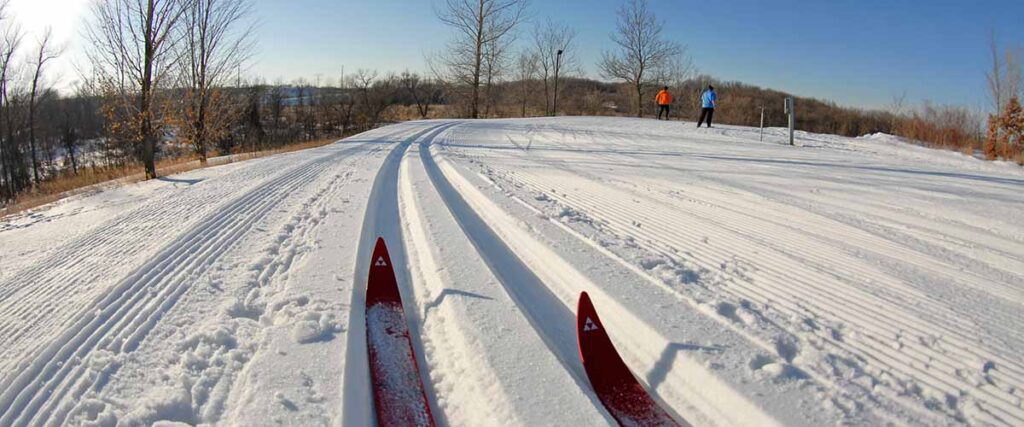There’s no questioning the fact that skills matter the most in sports. Whatever game you play, experience and competence make all the difference. However, your choice of sports gear is equally important. What you wear for training and actual competitions could make or break your performance. That’s the reason why athletes and their coaches are as meticulous in shopping around for the right gear as they are in training.
If you’re planning to go professional, you need to have the right equipment in place. It may be daunting considering the number of brands that sell almost identical products. Making the right choice can help pave the way to your success as an athlete. With that being said, here’s a guide to help you shop around for the right gear.
Why Quality Matters When Choosing Sports Gear
Whether or not you’re a gifted athlete, investing in quality equipment brings many benefits. The first is longevity. You want sports gear made to last, manufactured from durable materials that can withstand extreme conditions. If you buy football cleats at a bargain, there’s a good chance they won’t last long in the middle of a game.
Quality cleats may be expensive, but they are designed to resist intense games even under extreme heat or heavy rain. In the long run, paying extra for quality helps you avoid having to buy multiple replacements that would cost more as a whole than premium gear that could last a lifetime.
Quality equipment also improves precision, control, and overall performance. They are more comfortable to use, providing ample support that puts less strain on the muscles. This also comes with improved safety. Low-quality gear gets damaged and may cause injuries during training sessions and matches. Putting a premium on the equipment you buy adds to your efficiency and prevents injuries that could affect your career in the long run.
How to Look for Quality Finds
The principle behind shopping for quality sports gear is to look beyond the price. There are sports equipment out there that cost more than the market average and yet offer none of the benefits of good gear. Take as much time as you can to do research and follow the tips below:
1. Don’t Surrender to the Hype
The first thing you will want to avoid is to purchase on impulse, especially when you’re motivated by the hype surrounding a new product. Companies put a lot of effort into marketing regardless if the product itself is any good. You may think that a set of golf irons is the best just because Tiger Woods is an endorser. If anything, these products can be overhyped and they may not provide the benefits you’re hoping for.
2. Consider Your Needs
Quality gear doesn’t have to be expensive. It should only strike the perfect balance between durability and comfort. You could buy equipment that’s made from sturdy materials, but they feel wonky when you get to use them in the field or arena. Don’t focus too much on the features. Instead, focus on how it makes you feel.
For instance, when you’re buying a tennis racket, get a good feel of the grip with a handle that’s large enough to maintain a space between your fingertips. You may also want to buy a racket that’s light or heavy, depending on your playing style.
3. Be Wary of Fakes
You might think about scoring cheap sports equipment from a top brand, but there’s a good chance that you will end up with knock-offs. Fake equipment may carry the identity of a major sports brand, but it may not be of the same quality as the original. You will only waste money when you insist on cheap imitations, so be vigilant and check for red flags. If you’ve found a pair of Adidas Yeezy Boost 350 running shoes, use this guide to spot the difference between originals and fakes.
4. Check the Brand’s Reputation
In case you’re thinking about buying gear from an unknown brand, be extra cautious. It’s not that they’re inferior to already established brands in the market, but it pays to understand their background before ordering. Aside from looking up customer reviews, you will need to check if these brands have been the subject of lawsuits. You may also need to know if they’ve had a history of complaints, disputes, and product recalls. You will be better off buying from a more reliable brand than taking a risk with one with a sketchy reputation.
5. Prioritize Fit and Comfort
The fit of your sports gear can significantly impact your performance. Ill-fitting equipment, such as oversized helmets or too-tight shoes, can hinder your movement and even cause injuries. Always try on gear before purchasing and ensure it feels comfortable during motion. For example, running shoes should leave a thumb’s width of space at the toe box, while cycling gear should feel snug without restricting your range of motion. Comfort isn’t just about feeling good—it’s about maximizing efficiency and minimizing distractions during gameplay.
6. Research Material and Build Quality
Not all sports gear is made the same, and the materials used can make a big difference in durability and performance. High-quality materials like carbon fiber, moisture-wicking fabrics, or shock-absorbing foam are designed to withstand wear and tear while enhancing functionality. For instance, soccer cleats with lightweight yet sturdy uppers provide better ball control and durability. Always check the product specifications to ensure you’re investing in gear built to last.
7. Read User Reviews and Expert Opinions
Before committing to a purchase, leverage the experiences of other athletes and experts. User reviews often reveal hidden pros and cons that aren’t mentioned in product descriptions. Similarly, expert opinions or YouTube reviews can provide deeper insights into performance, durability, and suitability for your specific needs. For example, professional basketball players often share detailed feedback on the latest basketball shoes, which can guide your decision.
8. Take Advantage of Warranties and Return Policies
Many top-tier brands offer warranties or return policies that protect your investment. This is especially important for expensive items like tennis rackets or hockey sticks. If your gear arrives defective or doesn’t perform as promised, a solid warranty ensures you won’t be out of pocket. Before purchasing, familiarize yourself with the brand’s return and warranty terms to avoid unnecessary frustration.
Which Sports Require Extra Attention to Gear Quality?
While every sport benefits from quality equipment, some sports place a higher demand on gear due to their physical intensity, technical requirements, or the potential for injury. Here’s a breakdown of sports where choosing the right gear is especially crucial:
1. Running
Running shoes are the cornerstone of a runner’s performance and injury prevention. Poor-quality shoes can lead to issues like shin splints, plantar fasciitis, and knee pain. High-quality running shoes provide adequate arch support, shock absorption, and durability for thousands of miles. Additionally, moisture-wicking apparel and well-designed compression gear can make long runs more comfortable and efficient.
2. Team Sports (Soccer, Basketball, Football)
In team sports, durability and comfort are critical. Cleats, basketball shoes, and protective equipment like pads and helmets need to withstand high-impact movements and collisions. For example, soccer cleats with quality outsoles improve traction on the field, while basketball shoes with responsive cushioning prevent ankle and knee injuries during quick pivots and jumps.
3. Cycling
Cyclists require high-quality gear for both performance and safety. A lightweight, durable helmet is non-negotiable for protecting against head injuries, while a well-fitted bike ensures optimal energy transfer and comfort over long rides. Quality cycling shoes, padded shorts, and moisture-wicking jerseys further enhance performance and reduce fatigue.
4. Winter Sports (Skiing, Snowboarding)
Winter sports demand gear that performs well in extreme conditions. Ski boots with the right flex, insulated gloves, and water-resistant jackets not only enhance comfort but also protect against frostbite and hypothermia. Skiers and snowboarders also rely on durable bindings and boards to handle the stress of carving through snow.
5. Tennis and Racket Sports
Precision sports like tennis or badminton rely heavily on quality rackets. A poorly balanced racket can lead to wrist or elbow injuries, such as tennis elbow. Additionally, high-performance tennis shoes with lateral support are essential for the quick, multidirectional movements required on the court.
By focusing on these sports where gear quality is particularly critical, athletes can ensure they’re investing in their safety, performance, and long-term enjoyment of the game.






